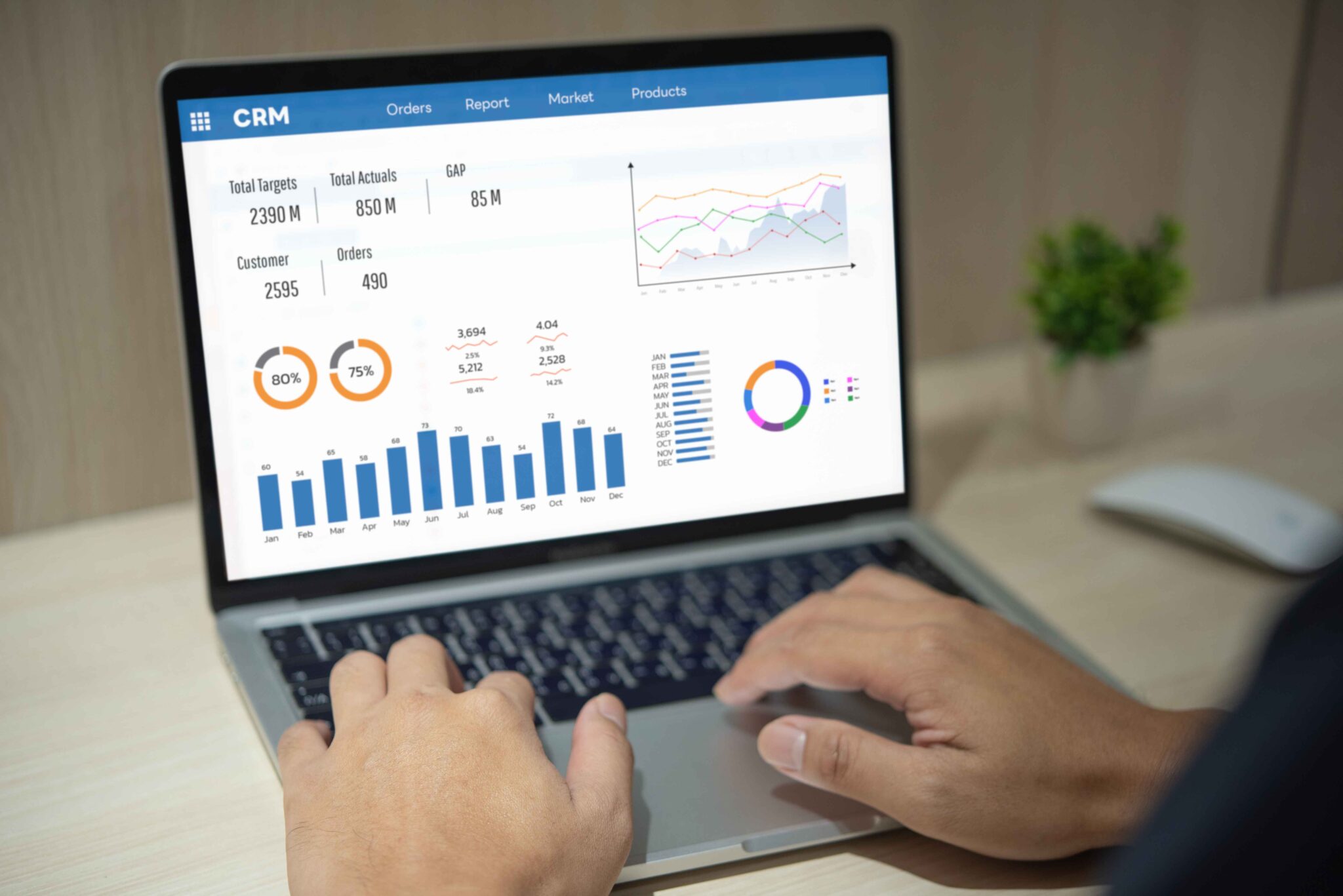
Leveraging Mobile Banking: A Blueprint for Financial Institutions & Payments
The banking sector of todays digital age is witnessing a paradigm shift towards mobile banking solutions. With smartphones becoming ubiquitous and customers seeking seamless and convenient financial services, mobile banking apps have emerged as pivotal tools for both customers and financial institutions alike. This article will delve into the five fundamental benefits that banks can realize by embracing mobile banking apps, supported by real-world examples that underscore their significance.
Enhanced Customer Experience
Security:
Security is paramount in mobile banking, and leading banks like Wells Fargo prioritize it. Their mobile app employs robust security measures, such as biometric authentication and real-time fraud monitoring, to safeguard customer accounts and transactions. This focus on security reassures customers and strengthens their trust in the bank’s digital offerings, ultimately enhancing the overall customer experience.
Personalization:
Bank of America’s mobile banking app stands out for its personalized features. By leveraging customer data and advanced analytics, the app delivers tailored recommendations and insights to users, such as budgeting tips based on spending patterns or personalized loan offers. This personalized approach not only enhances customer engagement but also fosters a deeper connection between the bank and its customers.
Accessibility:
Mobile payment apps provide unparalleled accessibility to banking services. The seamless accessibility empowers customers with greater control over their finances, enhancing their overall banking experience.

JPMorgan Chase
Take, for instance, the case of JPMorgan Chase. Through its mobile banking app, customers can effortlessly access their accounts, perform transactions, and even manage investments from anywhere in the world, at any time of the day.
Streamlined Operations
Efficient Transactions:
Mobile payment apps streamline transactions, saving both time and effort for customers and banks alike. For example, HSBC’s mobile app offers a seamless peer-to-peer payment feature that allows users to transfer funds instantly to friends and family members, eliminating the need for traditional payment methods like checks or wire transfers. This efficiency enhances customer satisfaction while reducing processing costs for the bank.
Digital Account Management:
Digital account management features offered by mobile banking apps simplify administrative tasks for customers. For instance, Citibank’s mobile app allows users to open new accounts, update personal information, and manage account settings with just a few taps. This self-service functionality reduces the need for customers to visit physical branches, streamlining operations and improving overall efficiency.

Automated Processes:
Mobile banking apps automate various banking processes, reducing manual intervention and minimizing errors. For instance, Barclays’ mobile app features automated bill payment functionality, where users can schedule recurring payments for bills such as utilities, rent, or credit cards. This automation not only saves time for customers but also reduces operational costs for the bank by minimizing manual processing.
Enhanced Adaptability
Innovative Features:
Banks that invest in innovative mobile payment features gain a competitive edge in the market. For example, USAA’s mobile app pioneered the use of augmented reality for car insurance claims. Users can simply scan their vehicle’s damage using their smartphone camera, and the app provides an instant repair estimate. This innovative feature sets USAA apart from competitors and enhances its reputation as a leader in digital banking innovation.
Seamless Integration:
Mobile payment apps that seamlessly integrate with other digital platforms offer added convenience to customers. For instance, PayPal’s mobile app allows users to link their bank accounts for easy transfers and payments. This seamless integration between banking and payment platforms simplifies financial transactions for users, making PayPal a preferred choice for digital payments.
Customer-Centric Design:
Banks that prioritize customer-centric design in their mobile apps gain a competitive advantage by offering superior user experiences. For example, Capital One’s mobile app features a user-friendly interface with intuitive navigation and customizable dashboards. This customer-centric design enhances user satisfaction and retention, setting Capital One apart from competitors with less user-friendly interfaces.
Conclusion
In conclusion, the adoption of mobile banking apps offers myriad benefits for financial institutions, ranging from enhanced customer experiences to streamlined operations and competitive advantages. By leveraging these digital platforms effectively and innovatively, banks can stay ahead of the curve in an increasingly digital banking landscape, ultimately driving customer satisfaction and business growth.










